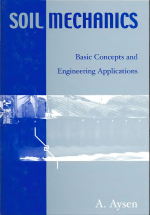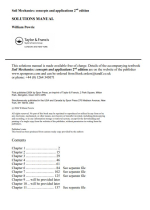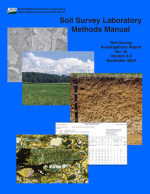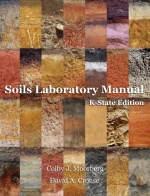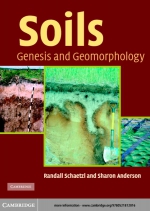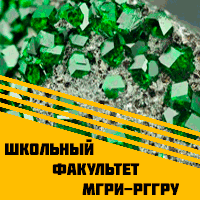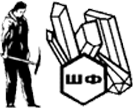Several instructors have contributed to the evolution of this laboratory manual over the years. Contributors include, alphabetically, Maurice G. Cook, Emeritus Professor of Soil Science, North Carolina State University; David A. Crouse, Associate Professor of Soil Science, North Carolina State University; Larry D. King, Emeritus Professor of Soil Science, North Carolina State University; H. Joseph Kleiss, Emeritus Professor of Soil Science, North Carolina State University; Colby J. Moorberg, Assistant Professor of Soil Science, Kansas State University; Lloyd Stone, Emeritus Professor of Agronomy, Kansas State University; and James A. Thompson, Professor of Soil Science, West Virginia University. Editorial support was provided by Nora Ransom. Contributions were also made by countless graduate teaching assistants over the development of the manual. Funding was provided by the Kansas State University Open/Alternative Textbook Initiative. This is contribution no. 18-128-B of the Kansas Agricultural Experiment Station <...>


